May 22, 2018 - The island of Korcula has an astonishing array of delicious cakes and desserts, all made from ancient recipes handed down by grandmothers and great-grandmothers. In a new 30-part weekly series, it is time to discover them, one recipe at a time.
One is not on Korcula very long before one realises a few things about its culinary offering. It is a wine island, famous for its Grk and Posip whites, a fact reinforced in all the restaurants and many tasting options in the old town. It is an island of olives, of high quality fresh produce (check out Konoba Mate in Pupnat for the very best authentic, Michelin-recommended offerings). And it is an island of cakes and desserts.
Lots of them.
All made to ancient recipes which have been in the families for generations.
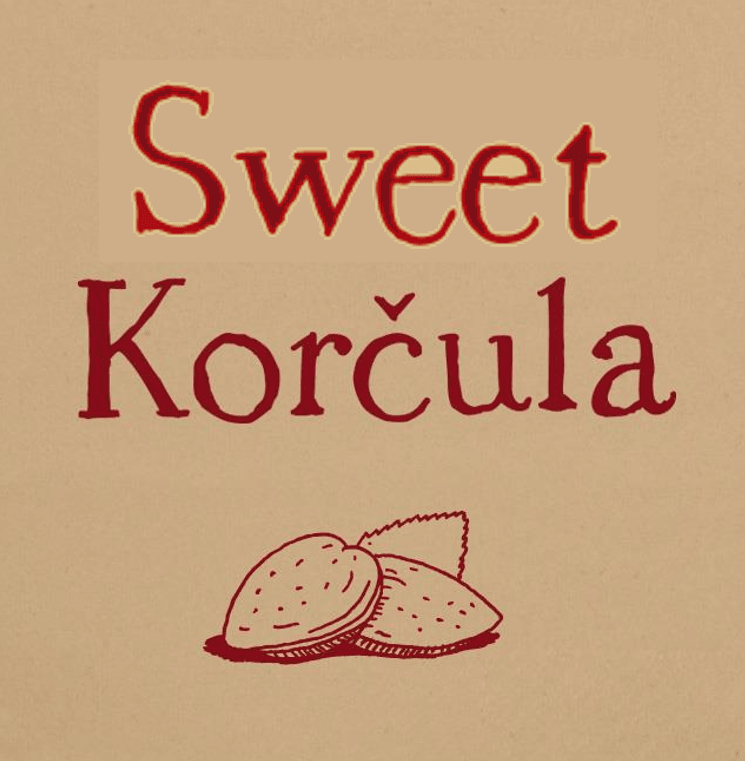
On my last visit to Korcula last week, I came across a rather delightful book by Franica Tasovac, called Sweet Korcula, Sweeties of Korcula Grannies (in English). It is a collection of no less than 30 ancient recipes for Korcula cakes and desserts, lovingly put together into a book. A delightful souvenir or gift for gourmet friends. Franica has kindly allowed us to serialise the recipes on TCN, and we will be bringing you a recipe a week from the kitchens of Korcula's grandmothers throughout the year.
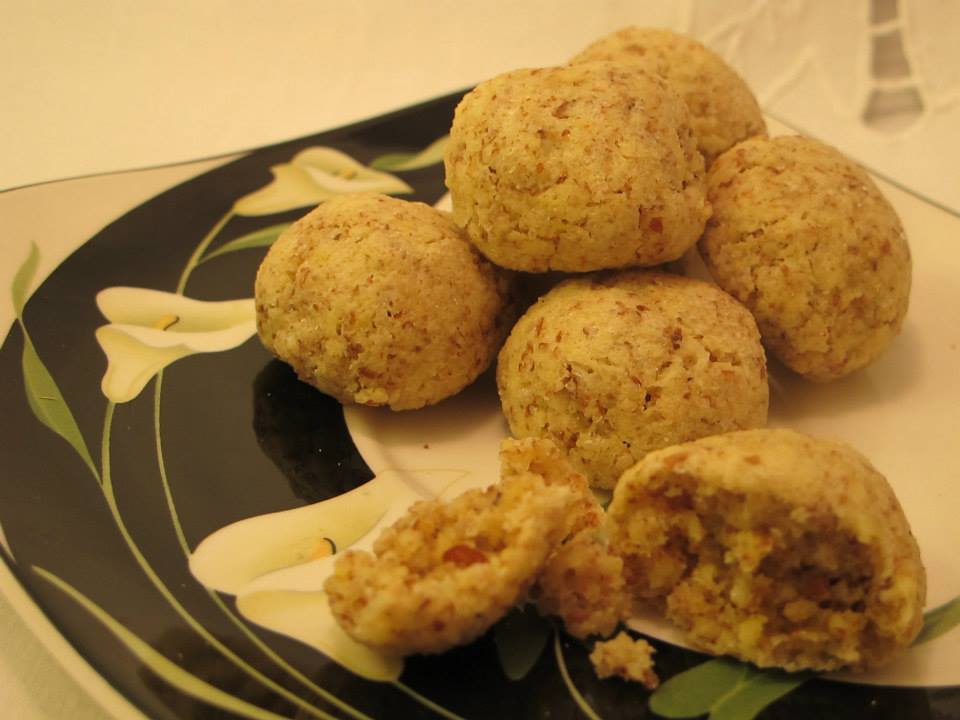
We start with a lovely introduction by Claudia Tarle:
A few years ago, Franica began exploring the history of Korcula desserts within a school project, My Town in Time. The aim of the project was to get children acquainted with the cultural heritage of the town of Korcula. The very first day of the project was a real hit; so many children wanted to enrol in the workshop that they nearly caused a riot. The result was a small booklet, Statkarije za sva vrimena (Sweeties for all times), published by the Cultural Centre of Korcula, which was printed only as a memory book. And as Franica is not just a teacher who enjoys exploring various themes with her students, but also a lover of cooking, she continued to collect ancient recipes and memories of older Korcula women.
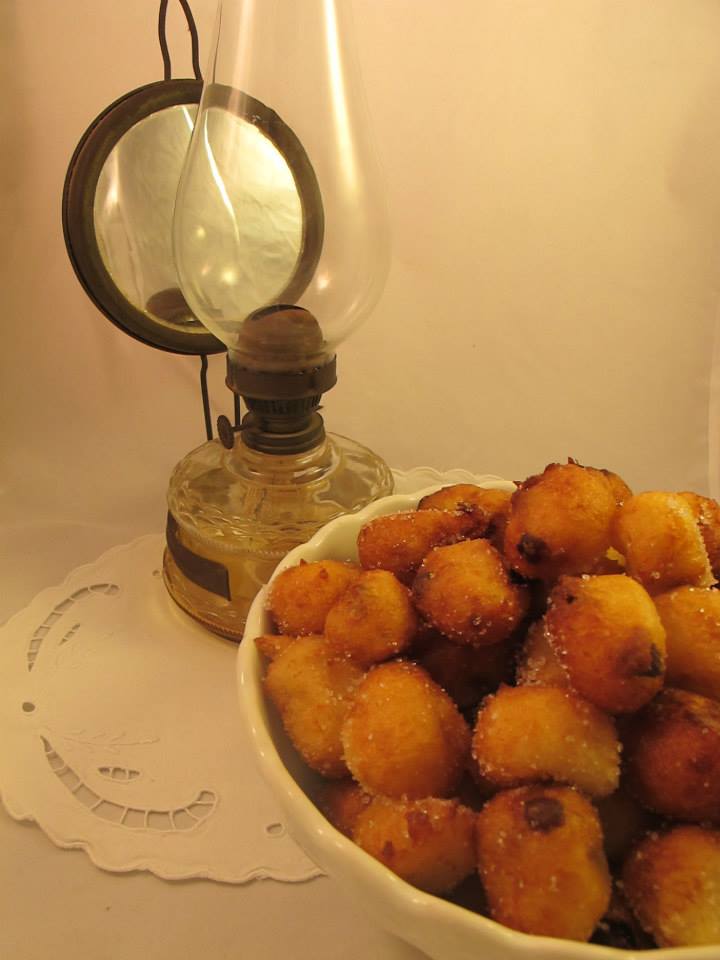
This is how the book, Sweet Korcula, appeared, and where - in one place - you can find the recipes for traditional Korcula cakes.
Korcula sweeties have their own stories and occasions. It is known that sirnice and surke were prepared for Easter only, fave for the Feast of All Saints and lojenice for St. Martin's Day. Various festivities could not be imagined without cukarini and klasuni, or a wedding party without a good and big krokant. Weddings were, together with christenings, first communions, confirmations and engagements, the occasions for making desserts of white colour, such as spomilje and mindoli brustulani na bilo. It was a special art to make them perfect, like white confetti. Just imagine them in the courtyards of Korcula in Spring, with buckets full of cemin (jasmine) and pjumin (decorative fern)!
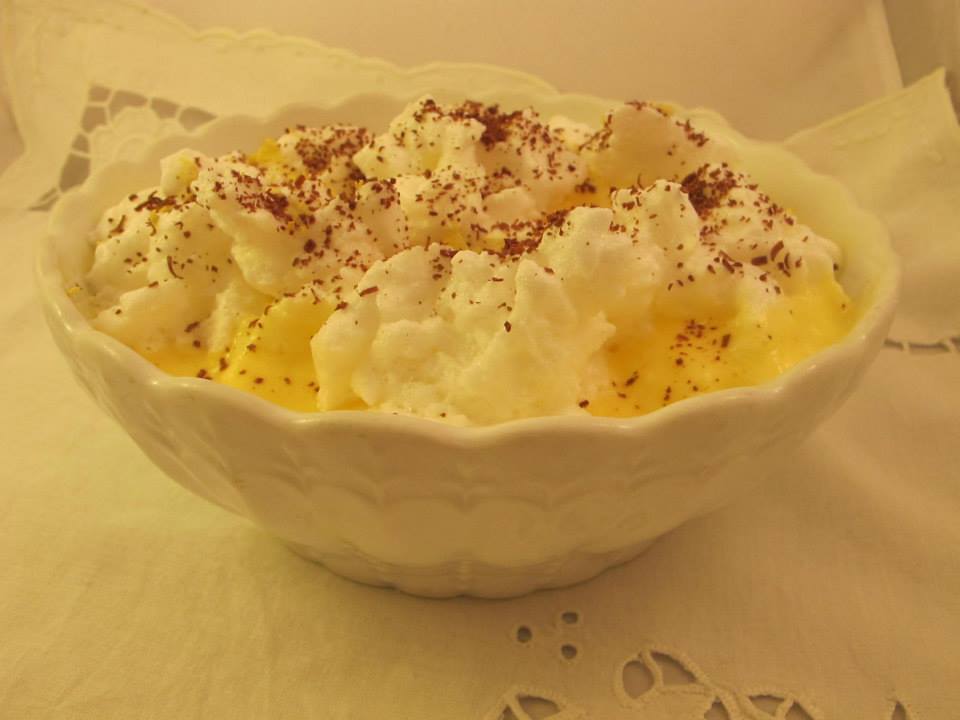
On weekdays, the women of Korcula traditionally prepared cheaper sweets or were offering healthy dried fruits. They did not put eggs in prikle, because these tasty sweets were eaten on days of fasting only; housewives were also saving by putting sweet bread in paradizet instead of expensive galetine (biscuits). Each family knew how to prepare some traditional things in their own way. There were original recipes such as strudel moje biznone Julijete (the strudel of my great-grandmother Julijeta), for which nobody in the family would, under any circumstances, reveal the ingredients, and there were many such grandmothers.
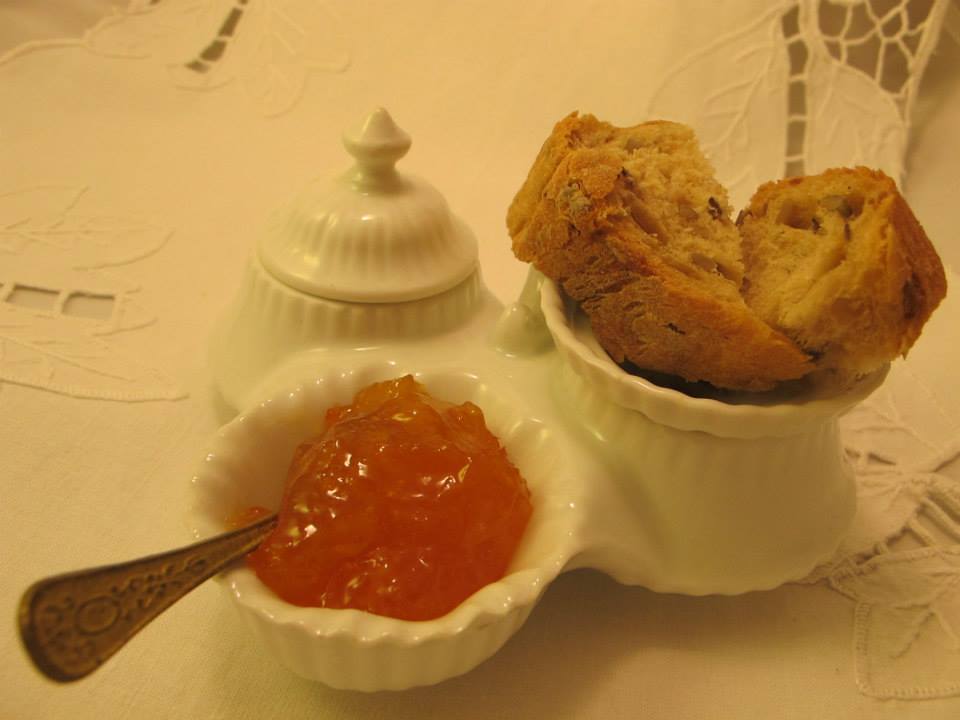
Korcula has had a good rotunda (marketplace) and a lot of good shops and butigiri (shopkeepers). You could buy everything for the cakes: cinnamon, vanilla, sugar, butter, baking powder, biscuits, chocolate... These were all fine and expensive ingredients and very much in demand because Korculans were gulozini (sweet gourmands).
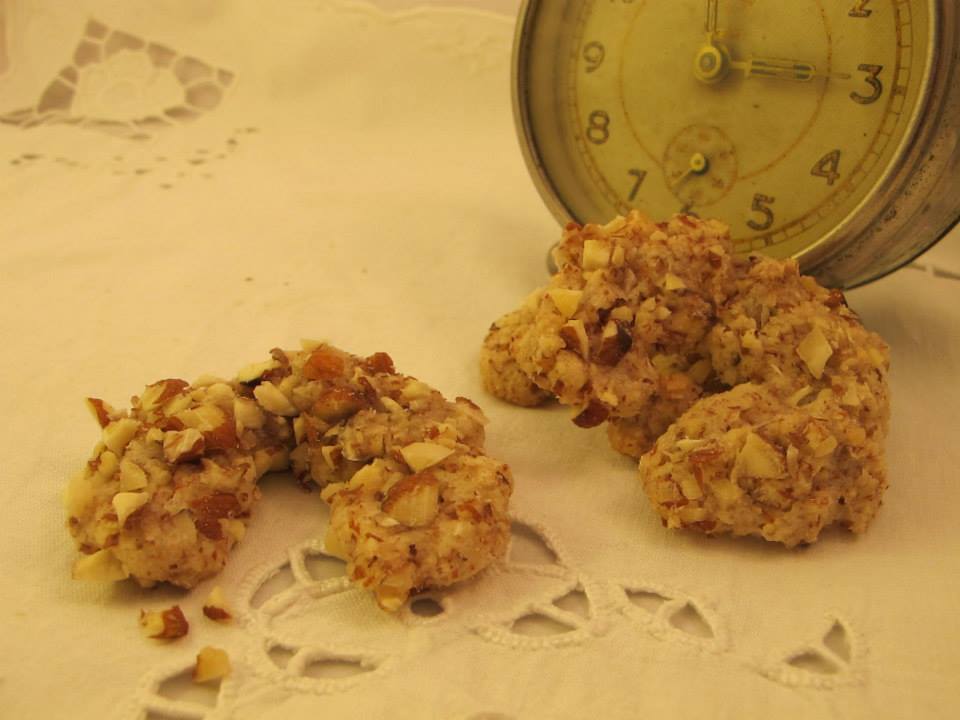
Korculans were educated people and world travellers, who brought the cosmopolitan spirit into civilian Korcula, including Korcula cuisine, which had a mixture of influences. For example, variations of rozata exist all over Europe, paradizet might be called dreams dumplings or Schnee Knodels, while white wine in biscuits would not irresistibly remind us of wine chateau, just as throughout Dalmatia many delicacies originate from the periods of foreign rule. There are many variations of hrustule and klasuni in Dalmatia, and the marguerites made of peeled almonds and orange adorned the tables of other Dalmatian towns as well.
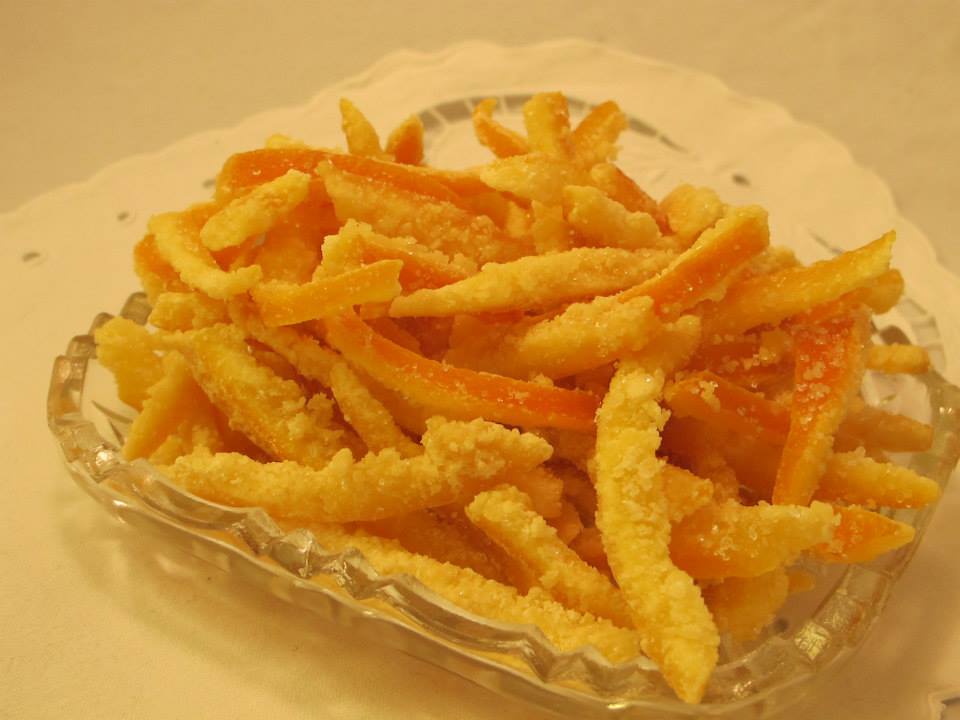
But Korcula sweets always have something special as well.
Time has gradually entered various recipes, words and customs. It began to change them and from that you do not need to run. Original fat or tallow in some of today's recipes have been mostly replaced by butter, rozata usually ends up in the oven instead of being cooked in banja marija na spaheru (the bain marie on a cooking stove), and many original recipes with almonds are today made with walnuts.
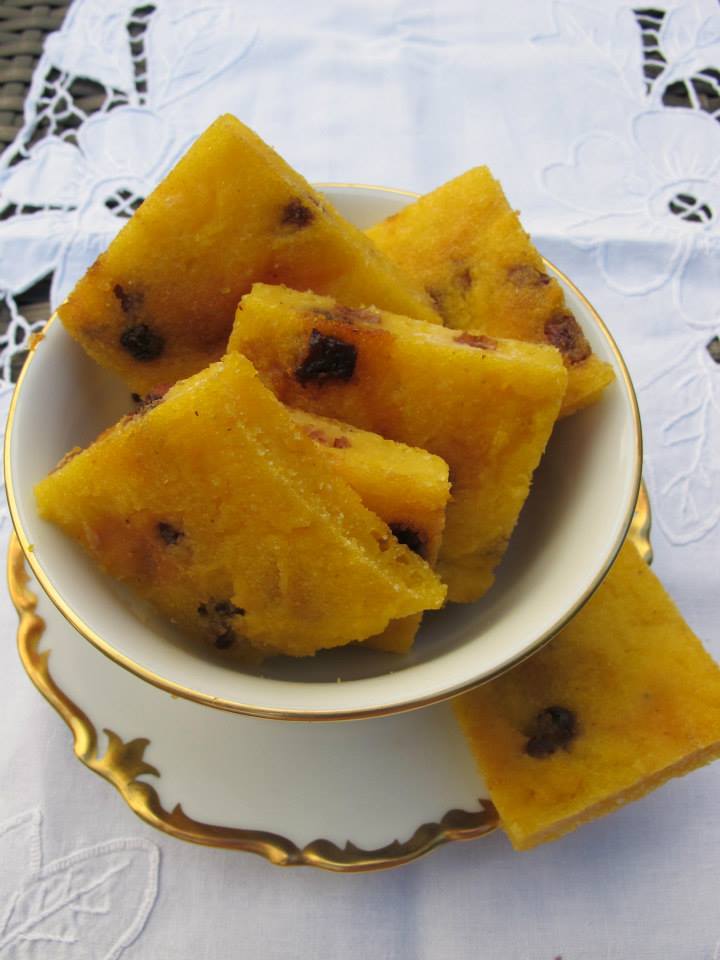
However, some concessions cannot be made, under any circumstances. Cukarini and klasuni cannot be done without ammonia, or rozata without rakija od ruza (rose brandy), and one must feel a lot of orange and lemon zest in Korcula cakes.
Franica believes the cuisine is an important part of Croatian cultural heritage and traditions, but it is not her intention to write an ethnological study. She wanted to capture the memories of the sweet old Korcula and offer you a cookbook with a selection of recipes which will surely succeed.
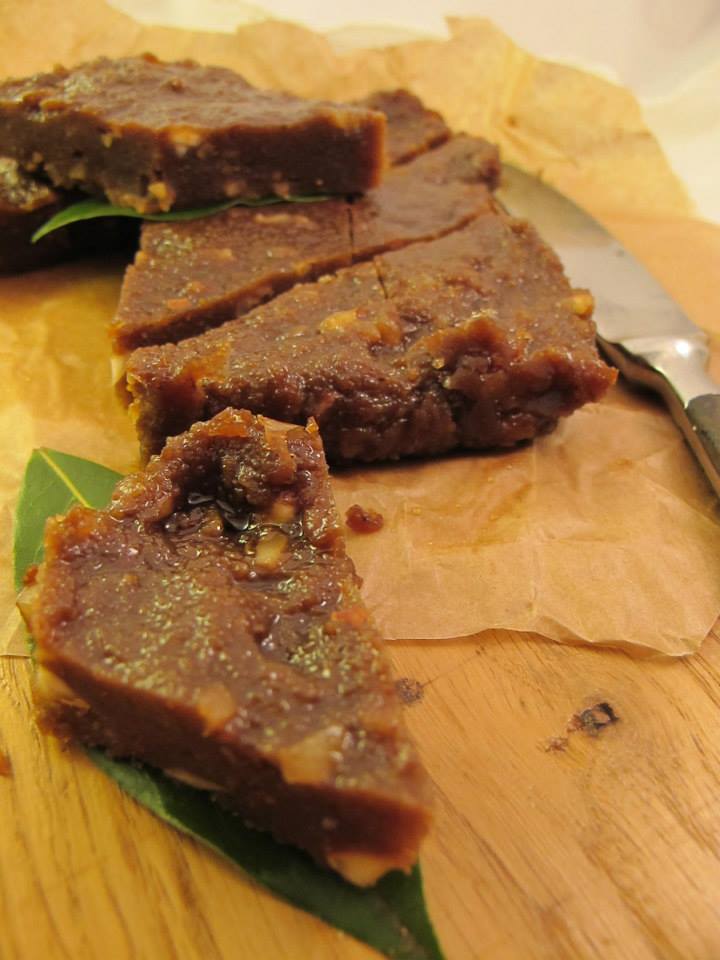
Experiment with Korculan cakes. In this way, each of us will keep them from being forgotten. I wish you Bon Appetit with Korcula sweeties. Or, as we say: Uslast!
Claudia Tarle
You can buy this booklet at:
Town library “ Ivan Vidali “
Flower shop “ Fiorino “
“ Manina “
“ Komo “
Tourist agency “ Kaleta “
Souvenir shop “ Suzy “
Bookshop “ Kutak knjiga “
To connect with Sweet Korcula, why not follow them on Facebook?



